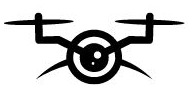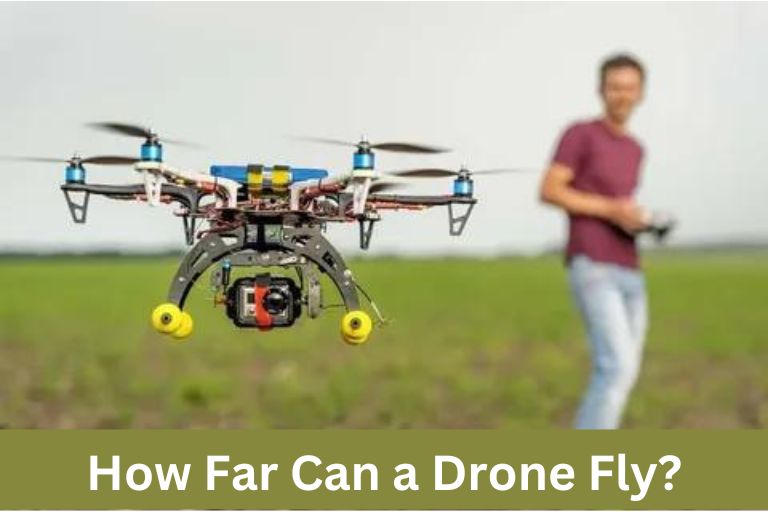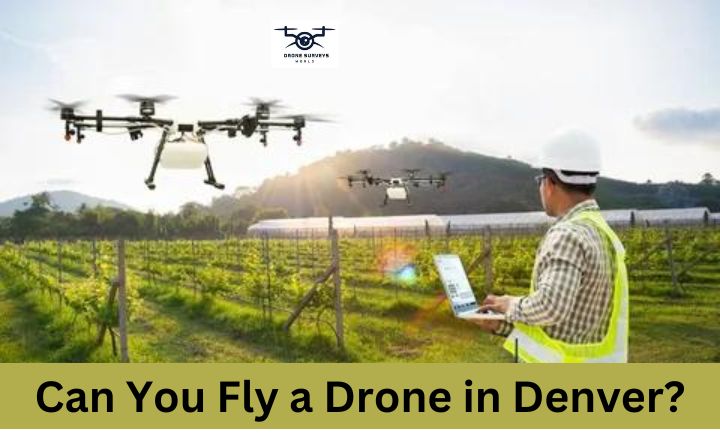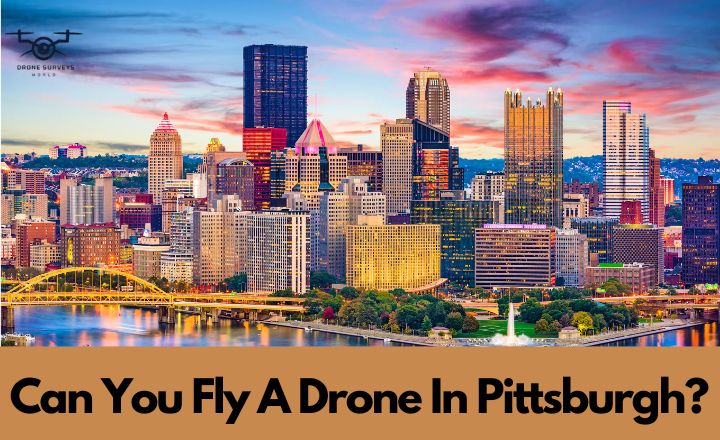Drones can do many amazing things, but how far can a drone fly? Let’s find out together as we learn about their flying range and the awesome things they can do. Get ready for an exciting adventure in the sky!
Environmental Considerations
Environmental factors greatly impact a drone’s range.
- Wind can drain the batteries quickly as the drone fights against it.
- Cloud cover can disrupt the signal between the drone and its controller, forcing it to return home early.
- The materials used to build drones are important; low-quality materials may not handle environmental stress well and could cause the drone to malfunction during flight.
- Flying through areas with lots of trees or around mountains is challenging for drone pilots. These obstacles can block signals and interfere with the connection between the drone and the controller, reducing control and range. Addressing these environmental factors as technology improves will be crucial for ensuring safety and efficiency when flying drones long distances.
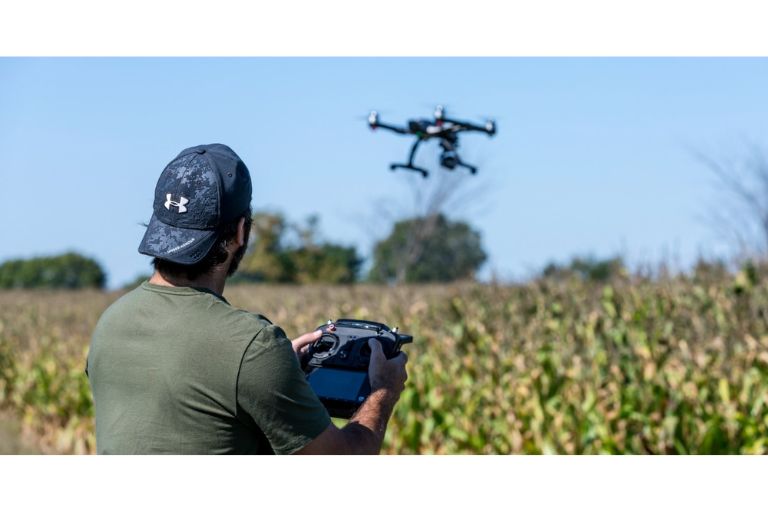
Flying a Drone Outside Your Line of Sight
Regulations for flying average drone range out of sight are important for safety. Having a Remote Pilots Licence (RePL) and a ReOC helps authorities track drones and prevent accidents. Getting these certifications allows commercial drone range operators to do more, like long-distance flights and extended missions.
Flying drones beyond sight can help in industries like infrastructure inspection and agriculture. As technology improves and rules change, we will see more ways to use drones out of sight. By following rules and using drones responsibly, operators can make the most of their aircraft while staying safe.
How Far Can A Drone Fly – Examples
Using popular models, here are examples of how far drones can fly from you.
| Drone Name | Distance Coverage | Duration of Flight |
| Holy Stone HS210 Mini Drone | 50 meters | 7 minutes |
| SIMREX X300C Mini Drone | 45 meters | 8 minutes |
| Altair Outlaw SE | 400 meters | 15 minutes |
| Holy Stone HS720 Foldable GPS Drone | 1,000 meters | 26 minutes |
| DJI Mavic Mini | 4,000 meters | 20 minutes |
| DJI AGRAS T30 | 5,000 meters | 20.5 minutes |
| Autel Robotics EVO Drone | 7,000 meters | 30 minutes |
| DJI Matrice 30 | 7,000 meters | 41 minutes |
| DJI Phantom 4 Pro V2.0 | 8,000 meters | 30 minutes |
| Autel Robotics EVO II | 9,000 meters | 40 minutes |
| DJI Mini 2 | 10,000 meters | 31 minutes |
| DJI Mavic 2 Pro | 10,000 meters | 31 minutes |
| DJI Mavic 3 | 15,000 meters | 46 minutes |
| DJI Matrice 300 | 15,000 meters | 55 minutes |
| WingtraOne Gen II | 2,500 meters | 54 minutes |
| AgEagle eBee | 55,000 meters | 90 minutes |
Common Uses of Long-Range Drones
Drones can fly long distances and are used in important industries like commercial operations.
Mapping
Commercial drones have changed how maps and 3D models are made for different industries. They are used for planning construction projects, improving engineering designs, helping agriculture, and making mining operations more efficient.
These drones are very accurate and fast. They take detailed pictures from different angles and heights to create maps that show terrain, infrastructure, and environment.
Surveying
Long-range drones have thermal imaging, which helps find temperature differences on surfaces. This is useful for spotting problems like energy loss or hotspots in buildings. It’s great for checking infrastructure and planning maintenance.
Agriculture
Farmers often use long-range drones to monitor their crops. These drones have high-resolution cameras that can take pictures from above. This helps farmers see how their crops are doing and find any problems early on, like pests or diseases. With this technology, farmers can take action quickly to protect their crops.
Mining
Mining companies have embraced the use of long-range drones for various critical applications. From prospecting to stockpile management and equipment inspection, these advanced aerial tools have revolutionized mining operations in remote locations.
Long-range drones enable companies to make informed decisions quickly and efficiently by providing real-time data and detailed visual information.
Search And Rescue
Long-range drones are beneficial in search and rescue missions because they can cover large areas quickly. These drones have special tools like thermal cameras and GPS, which help them find missing people in hard-to-reach places. In emergencies, when time is important, drones are vital in speeding up the search and improving the chances of saving lives.
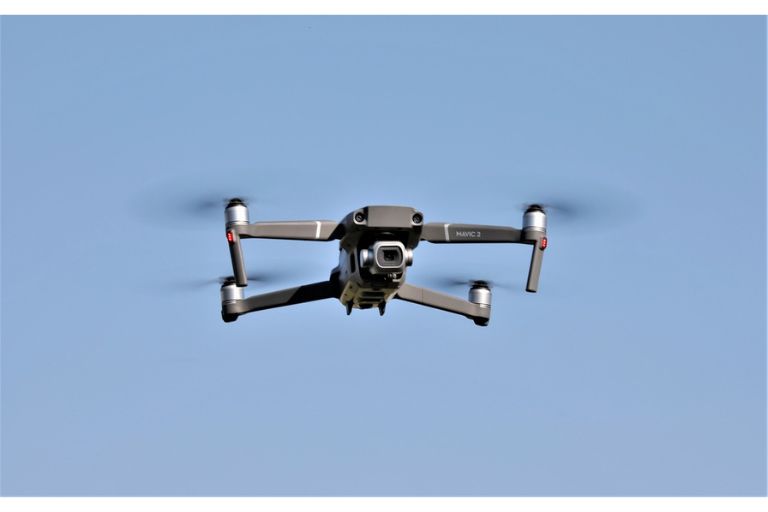
Drone’s flight Range Factors
Several key factors can impact a drone’s flight range, from the type of battery a drone uses to the weather conditions it flies in.
- Battery capacity can significantly impact how long a drone can stay airborne. Drone enthusiasts must consider these factors when choosing a drone for specific tasks or activities.
- The device’s weight plays a significant role in its performance and capabilities. The weight of a drone directly impacts its flight range, as heavier drones typically have higher power requirements and shorter battery life.
- Signal strength is crucial in determining a drone’s flight range factor. The stronger the signal, the faster the drone can fly without losing connection with its controller in today’s fast-paced world, where drones are used for various purposes, including photography.
- Environmental conditions also affect the drone’s flight range. Extreme temperatures can significantly impact battery performance, reducing the drone’s endurance and overall range.
- The shape and structure of the drone significantly impact its ability to cut through the air efficiently, reducing drag and increasing speed and range. Engineers often study bird flight patterns to optimize drone wingspans, angles, and shapes for enhanced aerodynamic performance.
Conclusion
How Far Can a Drone Fly? The range of a drone’s flight is determined by factors such as battery life, signal strength, and environmental conditions. Understanding these factors is crucial for maximizing the distance a drone can fly safely and effectively. By following the guidelines provided in this comprehensive guide, drone pilots can ensure that they are making the most of their drone’s flight capabilities.
Frequently Asked Questions
How far can a Drone Fly From the Controller?
The distance a drone can fly from the controller depends on several factors, such as the type of drone, its battery life, and the strength of the controller’s signal. Most consumer drones range 1 to 3 miles from the controller, but some higher-end models can fly even further.
Can a Drone Fly 1000 km?
Some people might think a drone flying 1000 km is unlikely, but advances in drone technology have made it possible. Better batteries, design, and navigation systems allow drones to travel longer distances. Commercial drones can fly for over 30 minutes on one charge, bringing the 1000 km goal closer.
What is the Maximum Range of a Drone?
Drones can fly different distances depending on their size and battery power. Small drones can go 1-2 miles, while bigger ones can go 10-20 miles. Factors like drone type, design, weather, and obstacles can affect how far they can fly.
